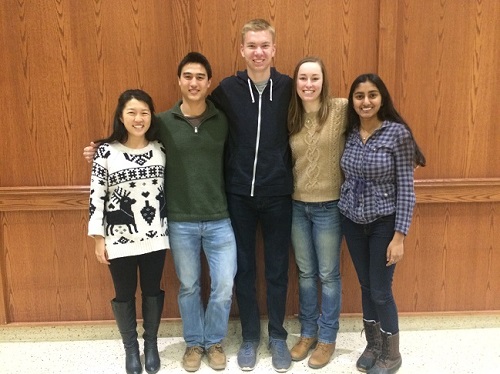Model of ex vivo lung development
This project has been secured to protect intellectual property.
Login for More InformationProject Overview
Fetal breathing is initiated very early in gestation and stimulates lung growth and pulmonary blood flow. It is postulated that the mechanical force generated by fetal breathing directs fetal lung growth. Consistent with this hypothesis, in conditions where the normal mechanics of fetal breathing are disrupted by congenital defects, lung growth is dramatically and adversely altered. One of these defects is congenital diaphragmatic hernia. In these infants, there is a hole in one of the hemidiaphragms. Intestinal organs herniate through this hole into the chest thereby disminishing the normal mechanical forces of both inspiration (negative pressure) and expiration (positive pressure). Predictably, neonates born with congenital diaphragmatic hernia (CDH) face significant morbidity and mortality mainly because their under-developed lungs cause severe gas-exchange insufficiency and persistent pulmonary hypertension.
In our laboratory, we want to study how mechanical forces control lung development. We want to create a device that simulates mechanic properties of an embryonic mouse' thoracic cavity around gestational day 10-20. The device is used to culture embryonic mouse lung explants that harvested at day 9.5 and grow until day 15. The anticipated volume of these explants are around 1-3 cm^3. The device will contain tissue culture media in an chamber that will be able to generate a range negative and positive pressures to simulate the forces applied on the lungs by chest wall and diaphragm. It is important to have a precise control of these pressures and ability to fluctuate these pressures to mimic breathings via pressure transducers inside the chamber. A transparent chamber would also be ideal as it allow investigators to monitor explant growth during the course of the experiment.
Understanding the effect of mechanical forces on lungs will help us better understand how lung develop, growth and regenerate. We hope to be able to recapitulate this process in infants with congenital diaphragmatic hernia to help their lungs grow after birth to improve survival. Moreover, our knowledge of pulmonary mechanicosensing can also help us understand many other lung diseases such as brochopulmonary dysplasia or lung trauma from mechanical ventilation.
Team Picture

Contact Information
Team Members
- Trevor Zarecki - Team Leader
- Katrina Ruedinger - Communicator
- Jacob Diesler - BSAC
- Michelle Tong - BWIG
- Anjali Begur - BPAG
Advisor and Client
- Dr. Ed Bersu - Advisor
- Hau Le - Client
Related Projects
- Spring 2017: Model of ex vivo lung development
- Fall 2016: Model of ex vivo lung development
- Spring 2016: Model of ex vivo lung development
